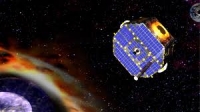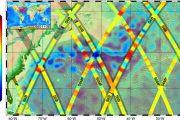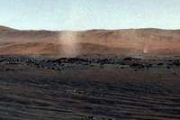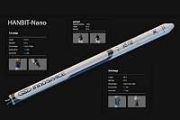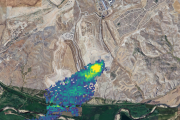Interstellar Boundary Explorer (IBEX) is a NASA satellite that is making a map of the boundary between the Solar System and interstellar space.
The mission is part of NASA's Small Explorer program and launched with a Pegasus-XL rocket on October 19, 2008.
Results from IBEX have repeatedly shocked the scientific community and overturned old theories. The first shock came when it revealed a narrow ribbon of energetic neutral atom (ENA) emission. Then it showed shifts over time in this band. Another surprise came when no bow shock was found. The repercussions of overturning the bow shock theory are huge, because decades of research are based on that concept.
The design and operation of the mission is being led by the Southwest Research Institute, with the Los Alamos National Laboratory and the Lockheed Martin Advanced Technology Center serving as co-investigator institutions responsible for the IBEX-Hi and IBEX-Lo sensors respectively. The Orbital Sciences Corporation manufactured the spacecraft bus and was the location for spacecraft environmental testing.
The nominal mission baseline duration was two years to observe the entire solar system boundary. This was completed by 2011 and its mission was extended to 2013 to continue observations.
see also the SWRI site dedicated to IBEX.

